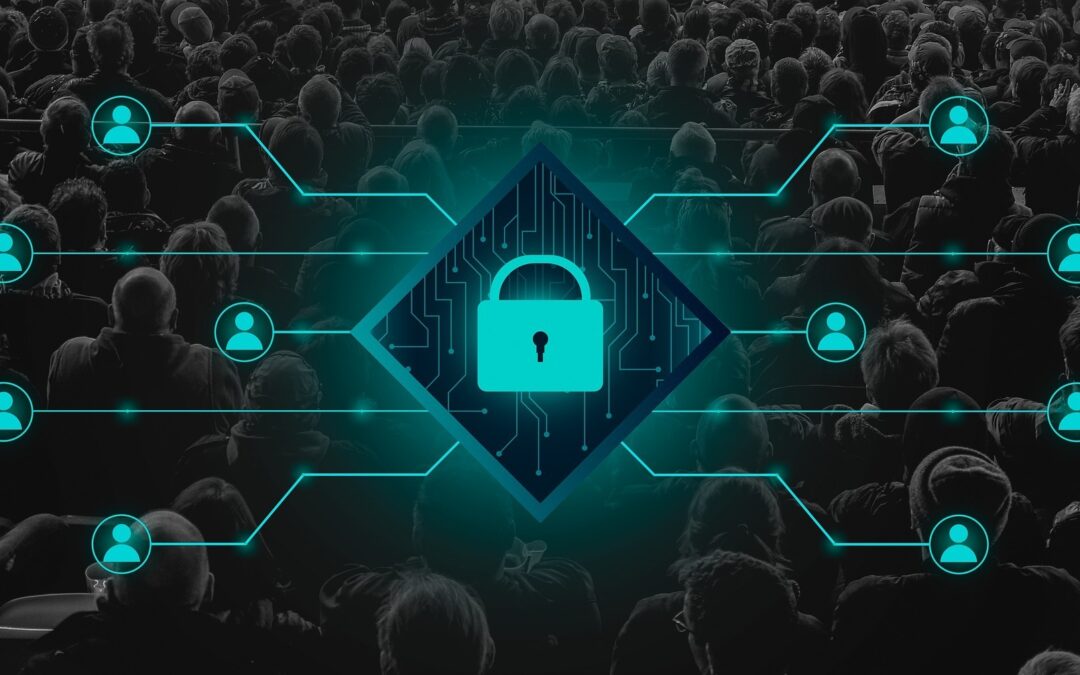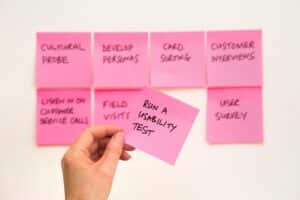“An agile method is an iterative and incremental approach, which is conducted in a collaborative spirit with just the right amount of formalism. It generates a high-quality product while taking into account changing customer needs” Veronique Messager Rota As part of the application maintenance for a major customer, SQORUS signed a long-term TMA (Third-Party Application Maintenance) contract running since 2010.
3 levels are represented within a team of 7 people, on 3 technologies (ETL : Datastage, Reporting: SAP BO, HMI: Peoplesoft)
- Level 1: Direct support of the contact person for the resolution of minor problems. If not resolved: diagnosis and escalation to level 2.
- Level 2: More complex problems not solved at level 1 Problem solving according to formalized procedure Formalization of technical procedures, infrastructure modification (soft or hard) If not solved: diagnosis and escalation to level 3.
- Level 3: Specific support from the software publisher Very long waiting times.
The TMA allows to provide a service called “dedicated” whose resources are exclusively dedicated to the customer.
The goal is to guarantee the maintenance of the application, its performance and its availability. In this perspective, the expected benefits of the Agile method are the following:
- Improve productivity through regular feedback and optimization
- Enable a reactive, iterative approach to work organization
- Focus on customer satisfaction quickly and efficiently
- Preserving investments
In 2 years of application of the Agile method, the results are very positive
- Subjects are constantly evolving, so the method must be adapted
- Increased yield
- Better visibility of current topics
- Team cohesion: constant reflection to improve efficiency
- Valuing people
- Fewer anomalies over the months
The points of attention noted
- Requires a close-knit, motivated team
- Little room for substantive subjects (the aim is not to have the same subject several weeks in a row)
- Difficulty tracking development lifecycle Deployment pace Risk of subject collisions
- Support needed from sponsors
- Adaptation phase essential (continuous change)
Before agile, the way teams worked was as follows:
- Little or no knowledge of each other’s subjects
- Few tickets solved in a week
- Less team sharing
With agility, new practices have emerged
- Daily review every day Allows a good understanding of each person’s situation Rely on each person’s skills.
- Sprint review every week Plan the week’s tickets and allocate tasks
- Sprint retrospective every week.
Review the past week’s positive and negative points with the Product Owner, and identify areas for improvement.
How do you successfully implement an HRIS project in your company?
Are you planning an HRIS project? Don't leave anything to chance: follow our guide to the successful implementation of your HRIS!
You can also read about the success of an HRIS project in our special report:
- The digital transformation of HR functions: what role for the HRD?
- The major challenges for human resources management in the future
- Regulatory issues for HRDs to master in 2019
- Valuing the employee experience, a priority for HR departments
- Improving the company's HR processes, the major challenge for HR departments
- Human Resources Information SystemHRIS), what is its use?
- HRIS to improve the company's HR processes
- Human resources and technologies for business performance
- What technological tools are available to HRDs?
- HRD: which HRIS solution to choose for your digital transformation?
- Help in choosing an HRIS: why use a firm?
Contact
A project? A request?A question?
Contact us today and find out how we can work together to make your company’s digital future a reality.













